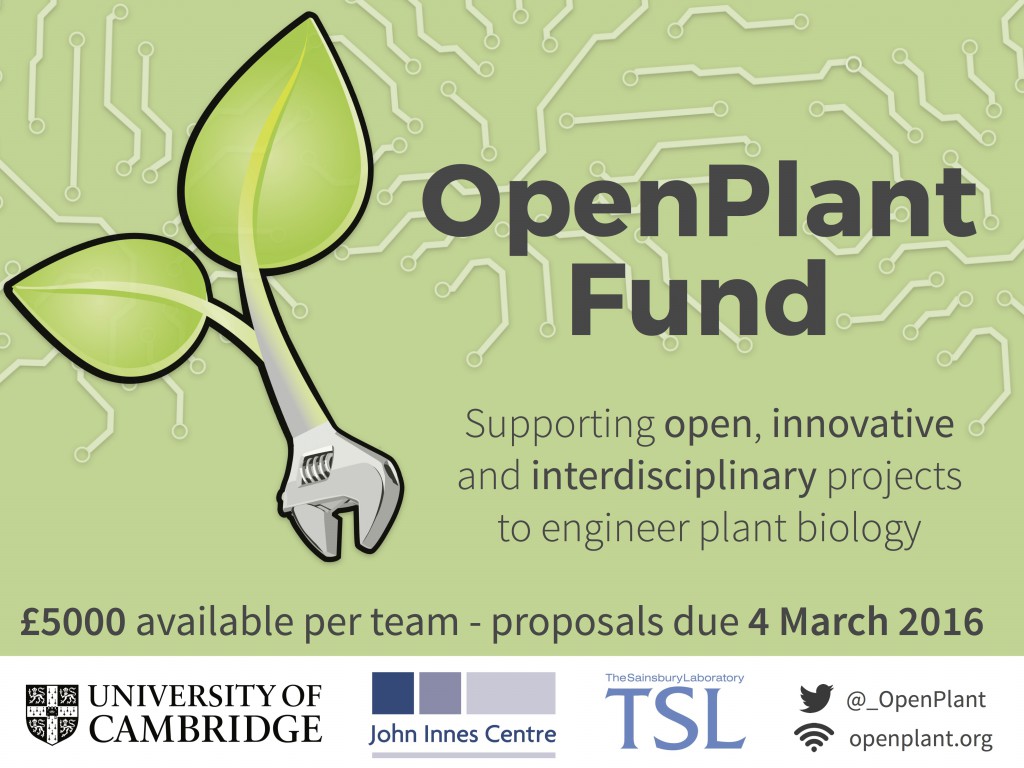In line with the theme of this year’s CUTEC’s Technology Ventures Conference (TVC), this new, interactive initiative will gather the best and brightest Cambridge students, academics, staff, and alumni to tackle problems relating to the question:
“How can we enable sustainable supply and production of food and water in a sustainable fashion?”
A resource is defined as a source or supply from which a benefit/need can be obtained in order to function effectively. The UN has estimated that in 15 years we will need 30% more water, 45% more energy, and 50% more food than today. The percent of arable land in the world is estimated to be 13.31% with only 4.71% sustaining permanent crops. However, by rethinking what counts as a “resource” people are finding clever ways to produce food in inhospitable environments, for example one experiment in the desert of Qatar takes advantage of abundant sunlight and seawater to turn out 75 kg of vegetables per square meter. How can we adapt to less than ideal environments to continue to live comfortably while supporting a planet of over 7 billion humans?
We will place scientists, engineers, business students, social scientists, and artists on teams to solve one of three challenges: (1) Compost, (2) Soil structure, and (3) Seed distribution. Solutions will need to take into account and will be judged on efficiency, sustainability, and economy.
Teams will workshop their ideas with industry experts at four workshops over the course of eight weeks and then present their solutions on stage at the TVC in front of investors, academics, students, and incubators.
CLICK TO FIND OUT ABOUT THE LAUNCH EVENT >>>
The Challenges
Compost Challenge
Studies show that compost use in arable rotations can improve yields and resilience. Tons of organic, compostable material is thrown out in cities every day. How can we create an economical way to sort and get organic waste from cities to farms?
Soil Structure Challenge
The physical structure of soil affects crop development and yields. Detailed soil structure tests can be performed in labs, but this is time consuming and costly. Can we make better in-the-field tool(s) to let allow farmers to check soil structure and resilience?
Seed Distribution Challenge
Cover-cropping is a great way to rehabilitate soil and can provide wide ranging benefits in farming systems. The most success often comes with mixing multiple species; however, these species have seeds of different sizes and shapes which makes it difficult to spread them evenly using current technology. Can we create a way to make it practical for farmers to sow seeds of different sizes?
 Syngenta are offering iGEM teams sponsorship funding to explore areas of innovation surrounding RNA-based Biocontrols. After the introduction of a Special Plant Prize into iGEM and adoption of the 'PhytoBricks' plant common syntax, championed by OpenPlant labs, several plant-focused iGEM teams are participating in this year's competition and may be interested in the opportunity.
From Syngenta:
"The challenge with RNA-based biocontrols is finding the balance between scaling up the use of this highly effective agricultural tool while also being able to clearly demonstrate the value to multiple stakeholders. Syngenta and other developers of this tool must show clear demonstration of value creation through both the technological development (what this tool is developed to support) and communication development (how the tool is effectively explained and rolled out).
Syngenta are offering iGEM teams sponsorship funding to explore areas of innovation surrounding RNA-based Biocontrols. After the introduction of a Special Plant Prize into iGEM and adoption of the 'PhytoBricks' plant common syntax, championed by OpenPlant labs, several plant-focused iGEM teams are participating in this year's competition and may be interested in the opportunity.
From Syngenta:
"The challenge with RNA-based biocontrols is finding the balance between scaling up the use of this highly effective agricultural tool while also being able to clearly demonstrate the value to multiple stakeholders. Syngenta and other developers of this tool must show clear demonstration of value creation through both the technological development (what this tool is developed to support) and communication development (how the tool is effectively explained and rolled out).
![[Closes 24 Nov 2107] Apply now to the OpenPlant Fund!](https://images.squarespace-cdn.com/content/v1/54a6bdb7e4b08424e69c93a1/1509564315902-TUO4I6QRWI9TT8UGSIAJ/OpenPlantTwitter_400x400+%281%29.jpg)

![[Closes 7 Mar 2017] OpenPlant Research Associate (Haseloff Lab)](https://images.squarespace-cdn.com/content/v1/54a6bdb7e4b08424e69c93a1/1486552818859-FH76MCA8SMFU93WB85RX/OpenPlantTwitter_400x400.jpg)




